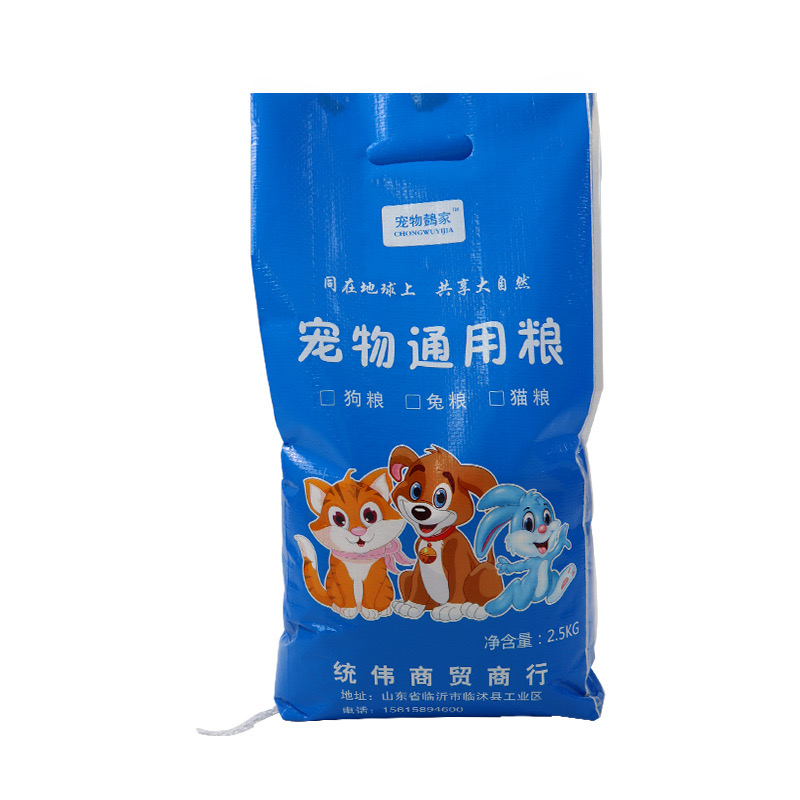
Introduction: The Evolution of Breathable Packaging
Breathable Woven Bags and Breathable PP Bags have revolutionized industries requiring controlled airflow, such as agriculture, animal feed, and chemical storage. The key advancements driving their adoption include microporous film lamination, hybrid material blends, and automated manufacturing processes, which collectively enhance durability while reducing production costs.
Expert Insight:
Q: Why are breathable woven bags critical for moisture-sensitive products?
**A: They balance airflow and protection. For example, a 2023 study by the International Packaging Institute found that *Breathable Woven Sacks* reduced mold growth in stored grains by 75% compared to sealed alternatives.**
1. Technological Advancements in Breathable Packaging
1.1 Microporous Film Lamination
Microporous films (5–20μm pores) enable gas exchange while blocking water ingress. Breathable PP Bags laminated with polyethylene (PE) films are widely used for fertilizers. A 2022 trial by the European Fertilizer Association showed that such bags reduced ammonia loss by 30% during storage.
Case Study: A Brazilian soybean exporter adopted Breathable Woven Bags with 15μm PE films, cutting spoilage rates from 8% to 1.2% within six months.
1.2 Hybrid Material Blends
Combining polypropylene (PP) with calcium carbonate or starch additives improves breathability and biodegradability. For instance, Breathable PP Bags containing 20% starch (per China’s GB/T 21661-2020 standard) degrade 50% faster in landfills.
Industry Example: India’s largest rice supplier uses starch-blended Breathable Woven Sacks, reducing environmental fines by $120,000 annually.
1.3 Automated Weaving and Sealing
High-speed circular looms (e.g., Starlinger’s S-TYPE) produce 200 bags/hour with 10% less material waste. Ultrasonic sealing ensures airtight edges, critical for Breathable Woven Bags storing hygroscopic chemicals like sodium sulfate.
Technical Data: A Thai manufacturer reported a 25% cost reduction after switching to automated looms for Breathable PP Bags.
2. Material Innovations and Cost Control
2.1 PP vs. HDPE: Balancing Cost and Performance
| Material | Air Permeability (cfm) | Cost ($/kg) | Durability |
|---|---|---|---|
| PP | 3.5–5.0 | 1.20 | High |
| HDPE | 1.0–2.5 | 1.05 | Moderate |
Case Study: A U.S. livestock feed company saved $0.15/bag using HDPE-based Breathable Woven Sacks for non-hygroscopic products.
2.2 Recycled Materials and ESG Compliance
Post-consumer recycled (PCR) PP reduces costs by 18% while meeting EU’s EN 13432 compostability standards. Breathable PP Bags with 30% PCR content are now mandatory in France for agricultural packaging.
Example: A Dutch tulip bulb supplier achieved carbon neutrality using 100% recycled Breathable Woven Bags.
3. Future Trends: Automation and Sustainability
3.1 AI-Driven Quality Control
Machine vision systems (e.g., Cognex’s In-Sight 7000) inspect 500 bags/minute for defects like uneven weaving. A 2023 pilot by the Japanese Packaging Machinery Association cut rejection rates from 5% to 0.8% for Breathable PP Bags.
3.2 Biodegradable Coatings
Polylactic acid (PLA) coatings decompose in 6–12 months, aligning with Australia’s AS 5810-2019. Trials by the University of Cambridge show PLA-laminated Breathable Woven Sacks retain 90% strength after 18 months outdoors.
Innovation Spotlight: Breathable Woven Bags integrated with PLA are gaining traction in organic farming.
4. FAQs: Addressing Industry Concerns
Q1: Do breathable bags compromise load capacity?
A: No. Breathable Woven Bags with 10×10 weave density withstand up to 50 kg, as per ASTM D5265. A Mexican cement producer uses them for 45 kg loads without rupture.
Q2: How do breathable bags compare in cost to traditional options?
A: They cost 10–15% more upfront but reduce spoilage losses by 20–40%. A Kenyan coffee exporter reported a 3:1 ROI after switching to Breathable PP Bags.
5. Global Standards and Market Outlook
| Region | Key Standard | Breathability Requirement |
|---|---|---|
| EU | EN 13432:2023 | ≥4.0 cfm |
| USA | ASTM F1980-21 | ≥3.5 cfm |
| China | GB/T 8946-2022 | ≥2.8 cfm |
Market Forecast: The global breathable packaging market will grow at 6.8% CAGR through 2030, driven by demand for advanced Breathable Woven Bags in agriculture.
Conclusion
From microporous films to AI-driven manufacturing, Breathable Woven Bags and Breathable PP Bags are redefining sustainable packaging. Cost-effective material blends and automation will further solidify their role in global supply chains.
Data sourced from the International Packaging Institute, ASTM International, and industry case studies (2020–2023).